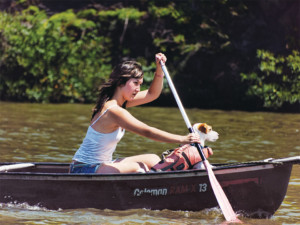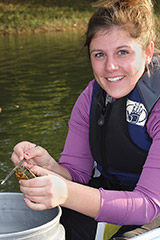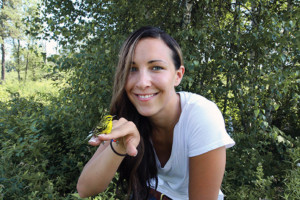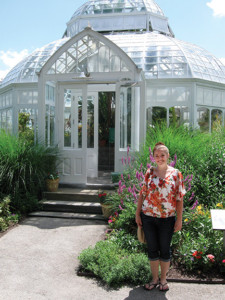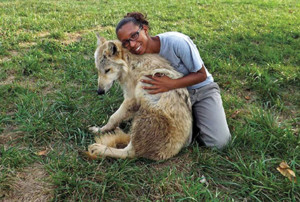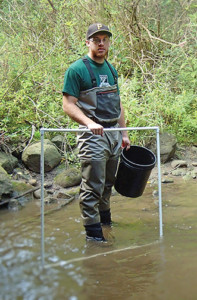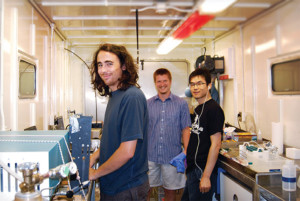A group of ESF’s most outstanding undergraduates left campus in the spring of 2012 and headed out to spend the summer working in ecosystems ranging from rivers to the pine bush and settings as diverse as a wolf park in Indiana and a museum in Moscow, all part of their participation in the ESF Honors Program.
The eight students were the first ESF students able to take advantage of internships offered by the Honors Program. The opportunity is a new one, supported by a gift from Douglas G. Dellmore WPE ’68 and his wife, Dana. The gift was made through ESF’s Centennial Campaign, the College’s first comprehensive capital campaign.
The Dellmores hope the new opportunities will increase student motivation to explore solid concepts and research before they graduate and enter the working world.
“It’s a focused way to try and assist students who are competitive and motivated to do the good things that are needed in the world,” Douglas Dellmore said when he attended ESF’s December Convocation to receive the ESF Alumni Association’s Lifetime Achievement Award.
The ESF Honors Program has two aspects: The Lower Division Honors Program provides first- and second-year students with experiences that engage them in unique challenges. The Upper Division Honors Program provides opportunities for junior and senior students to complete intensive research and creative projects under the guidance of faculty.
Dr. William Shields, a biology professor who serves as director, said his vision for the program is to provide the richest academic experiences possible to ESF’s best students and help prepare them for life after college.
“Providing funding for the honors students to do this makes the internship experience a centerpiece for them to become passionate about the Honors Program and ESF. And by finding appropriate partners, we can use it as seed money to grow the program,” Shields said.
He described internships as a critical part of an experiential education, one of the hallmarks of the ESF student experience.
“This allows them to follow their hearts instead of just following the money,” Shields said. “This program challenges them. It is intended to make them apprentices to science, not just students of science.”
Shields expects the College to formalize its relationship with some of the institutions that host internships as the program develops. Prospective partners include businesses, governmental agencies and nongovernmental organizations.
The Dellmores’ financial support also enables ESF honors students to participate in national undergraduate research conferences to share the results of their work and network with their peers from institutions across the country.
“We are exceedingly grateful to the Dellmores for investing in our students this way,” Shields said. “Some of our most dedicated students now have opportunities they’ve never had before. This is an investment both in these deserving students and in the College as a whole.”
The honors students tell their stories…



